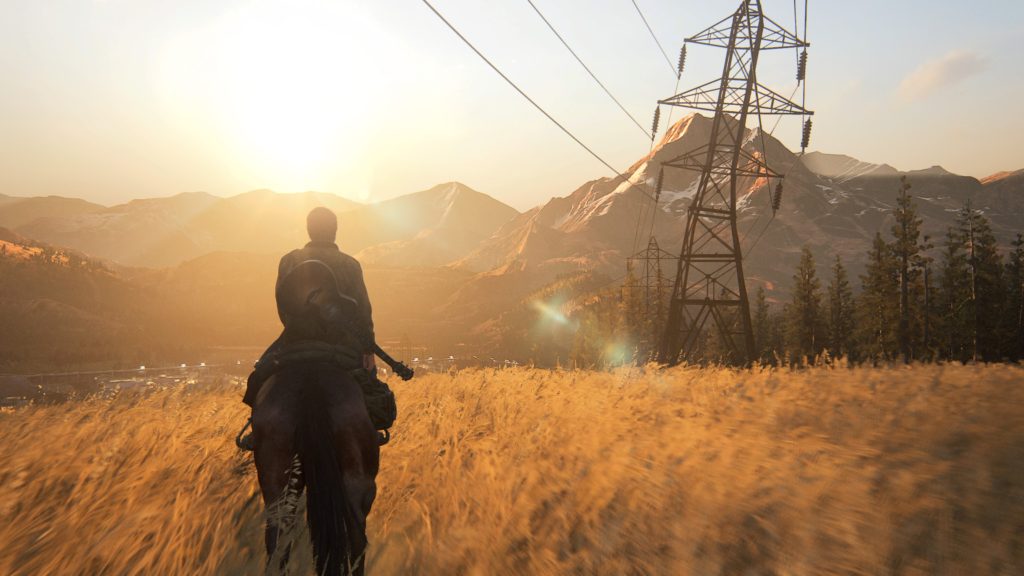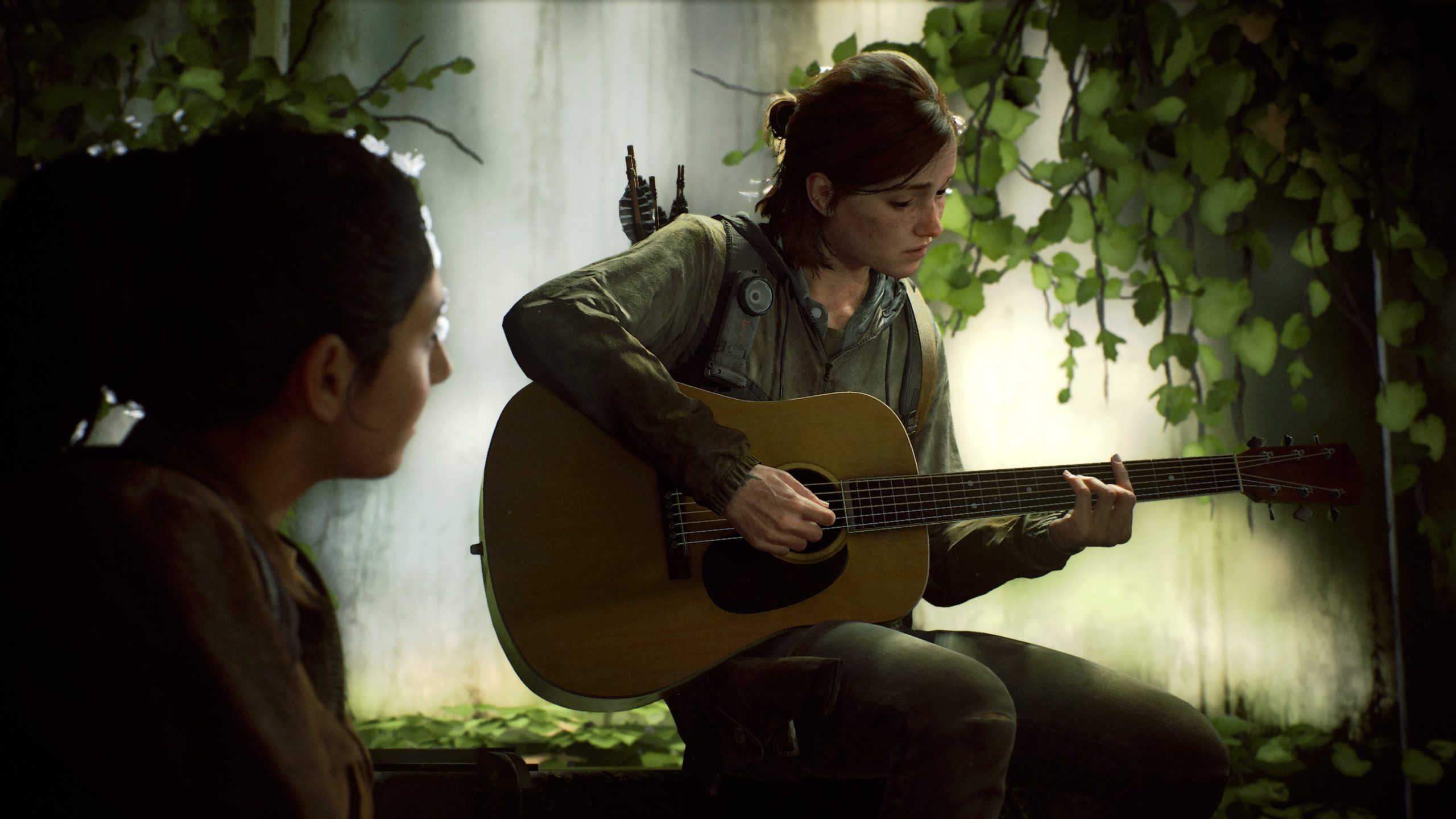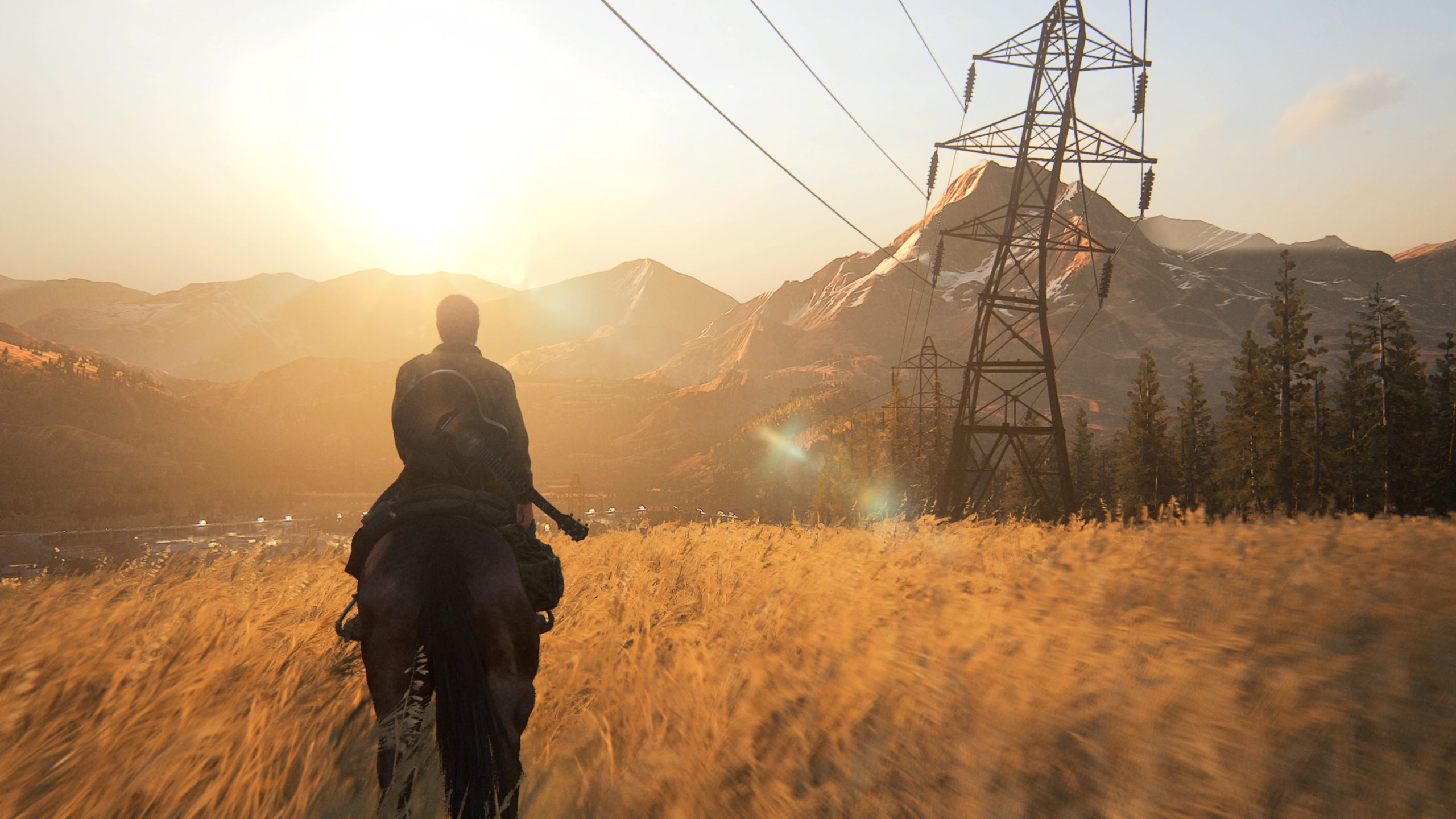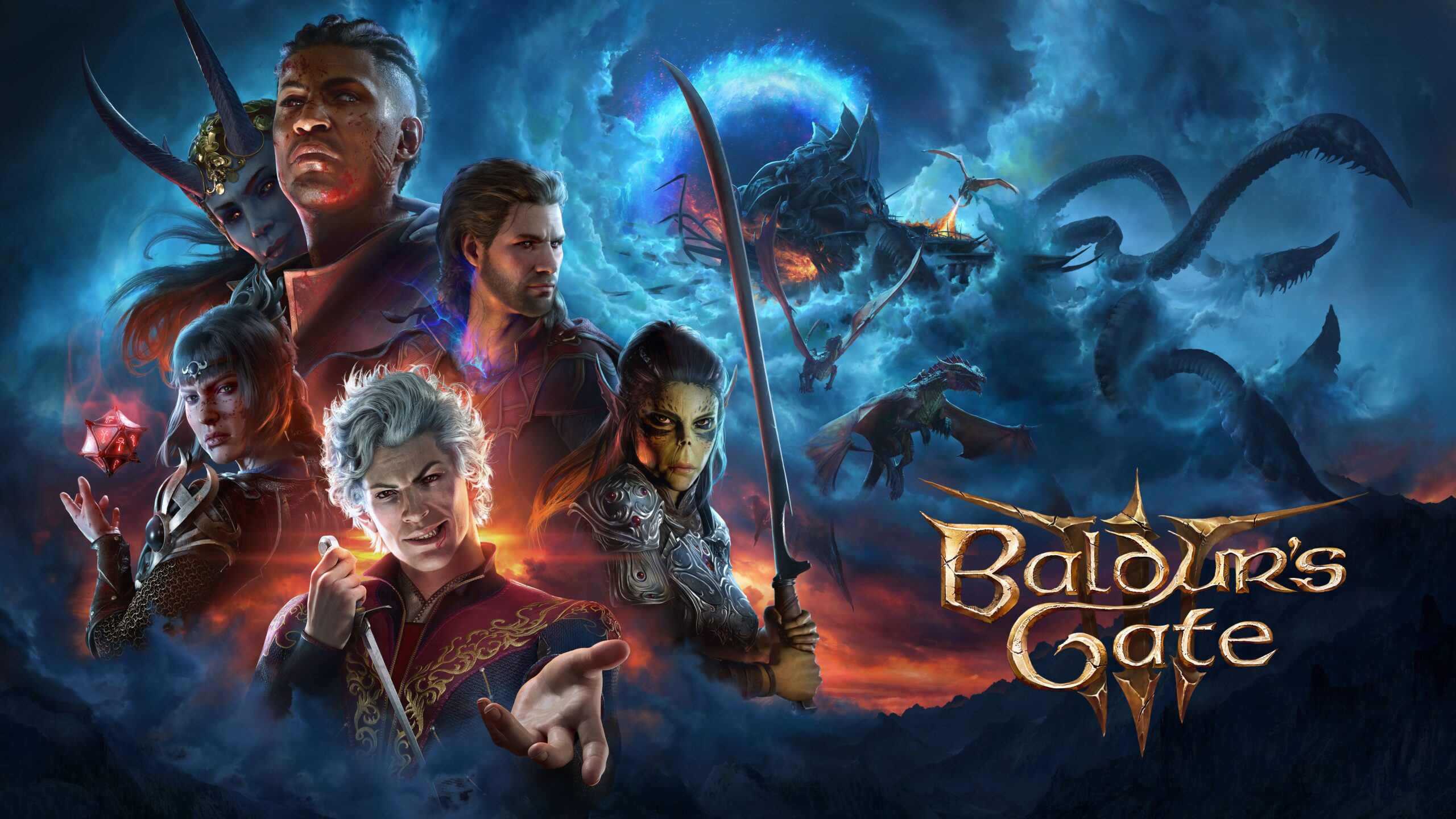
The Last of Us Part II: Surviving Your Own Apocalypse
It’s funny how identity works.
Despite all of the different ways it affects how you navigate life, it’s not something tangible; it can’t be held in the palm of your hand as it changes, grows, shapeshifts over time. But the thing about identity, however abstract it may turn out to be, is it comes with certainties. Facts you know about yourself that color things you do, whether that’s the holidays you celebrate or the people you love. Identity wasn’t all of what brought me to The Last Of Us Part II, but I’d be lying if I said it didn’t play a part. Like nearly everyone who plays video games, I enjoyed the first entry in the series, and wanted to see more of the “nature reclaiming the old world” setting, but more than that, I was excited to play a game with a protagonist who was like me.
From the first trailer to the moment I actually started the game, I was certain that Ellie, a traumatized scrappy lesbian, would be who I related to the most. I was very wrong.

As I watched Dina meander around the halls, pointing out menorahs and sharing anecdotes about her family, rather than feeling like I was just being delivered a character’s backstory in bite-sized dialogue prompt-shaped pieces, I felt something ache in my chest. Dina goes on to talk about how Judaism gives her a connection to her family and history — to something she’ll always belong to. This sequence grasped a key part of why being Jewish is important to me; it’s not just about praying or believing in a higher power, and it doesn’t have to be.
Within the game itself, this connects back to the franchise’s central theme of survivorship, with Dina talking about how being Jewish has been synonymous with resilience and resolve long before the world ended, and that moment is precisely when Part II’s approach to exploring that theme crystallises. Where its predecessor delved into how the world survived on a broader scale, Part II hones in on the personal nature of surviving.

The game has been described as a long, emotional gut punch, and that’s absolutely true. But to me, it felt like being seen in a way I rarely do by media, not only with Dina grounding herself in her heritage, but also with Lev’s loss of innocence in the face of parental abuse. And where so often stories like theirs culminate in a character’s graphic death or denied catharsis, Part II allows these characters to come full circle. It shows people breaking the cycle, whether that’s on a very personal level with the cycle of revenge and violence, or on a broader plane, such as Abby refusing to hate Lev and Yara just because they’re Scars and refusing to perpetuate the hateful mentality of her peers.
Where Part I ended on a note about the selfish things people do for the people they love, Part II says you can carve your own path of survival — something I consciously choose to do every day my feet hit the floor, and I will keep doing even if it kills me.






1 thought on “The Last of Us Part II: Surviving Your Own Apocalypse”